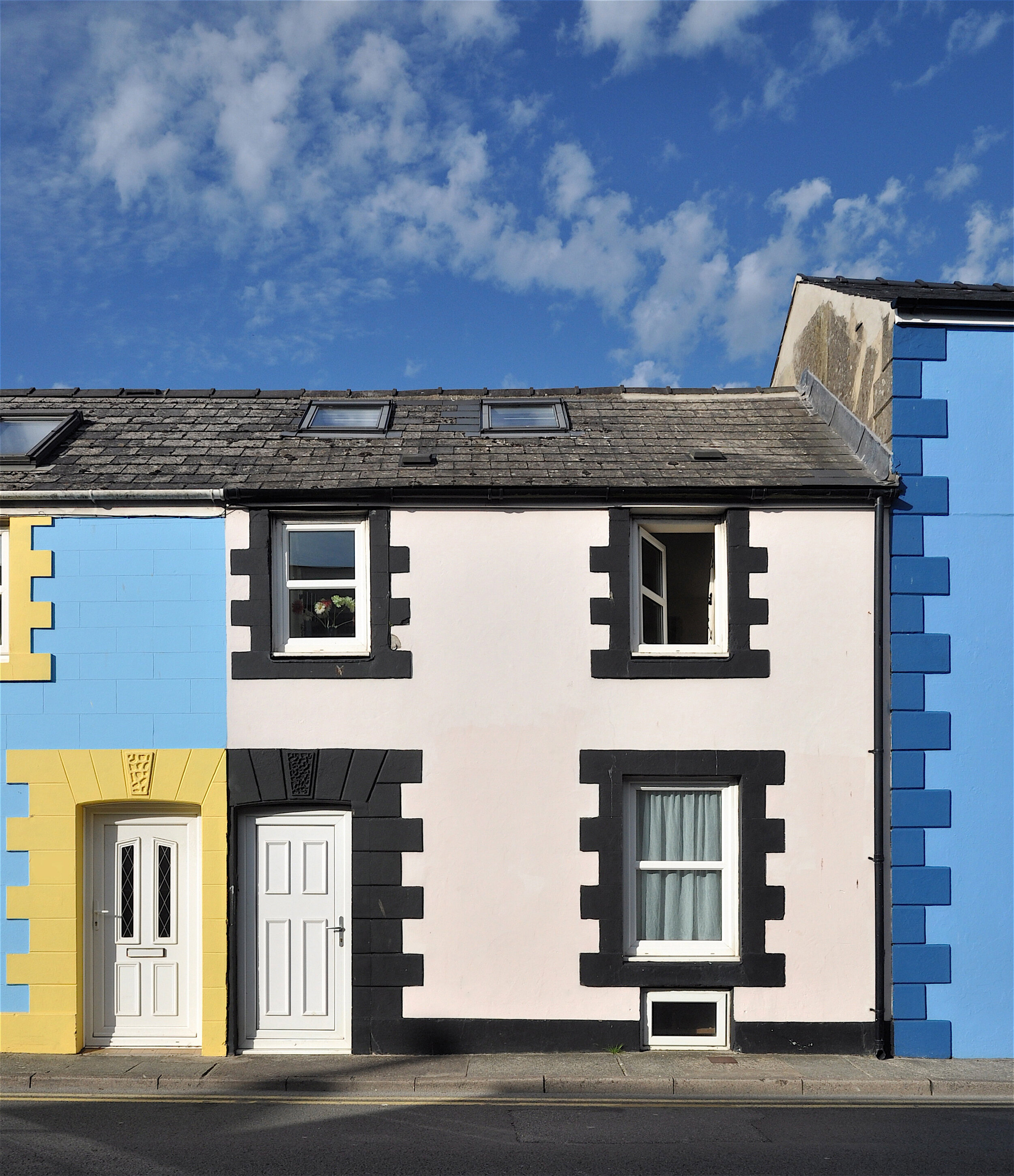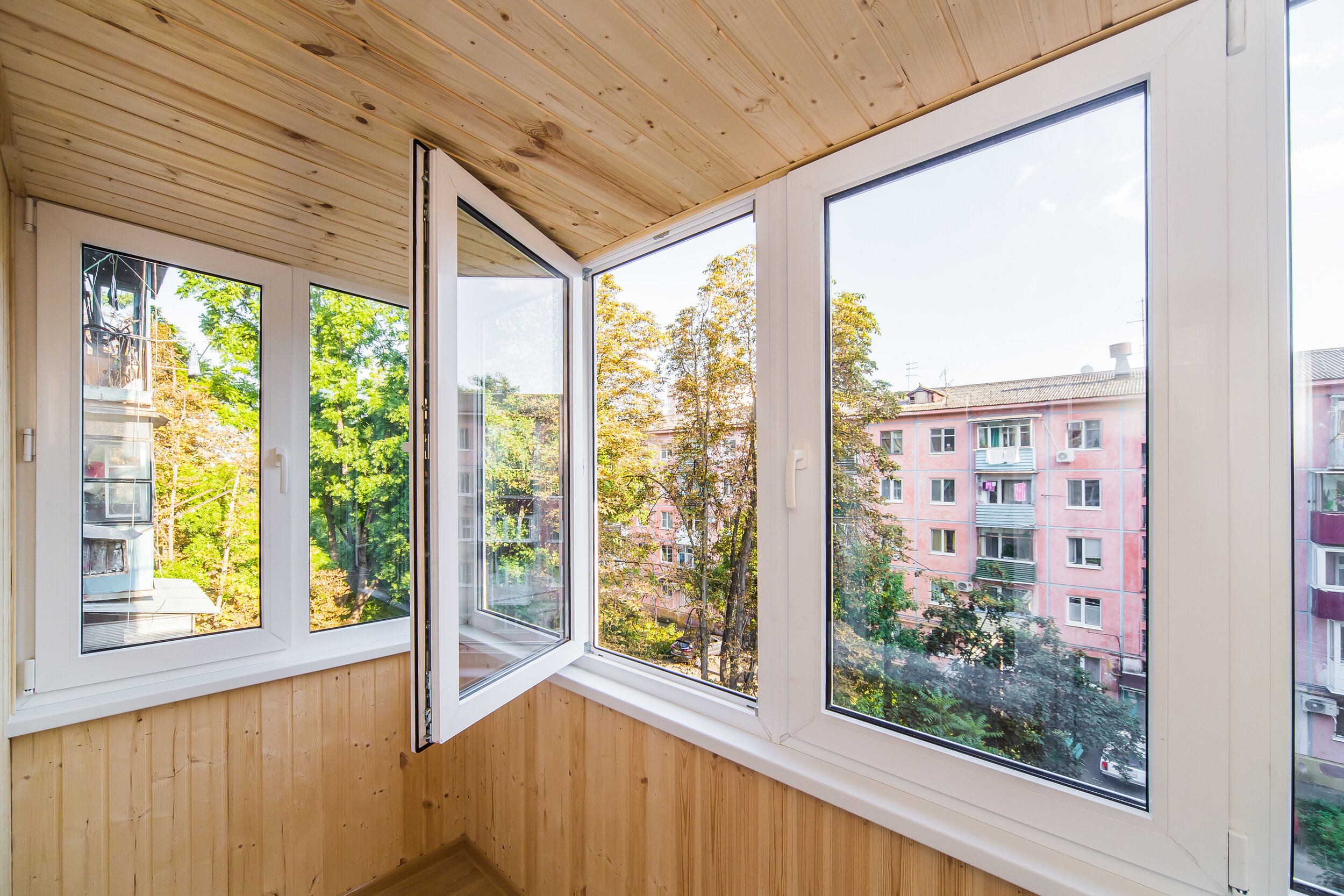What are Casement Windows?
/Casement Windows
Disclaimer: As an Amazon Associate I earn from qualifying purchases. There are affiliate links in this post. This means that at no cost to you, I will receive a commission if you purchase through my link. I will only ever promote the products and services that I trust and 100% recommend. You may read my full disclosure policy for more information. Thank you for supporting my business in this way.
Unless you’re a building contractor, there’s a good chance you’ve never heard of casement windows. This type of window is not quite as popular as traditional single-hung or double-hung windows. But they have quite a few benefits to offer for modern homes, so it’s worth your time to learn more about this distinct window style.
RELATED:
Bay Windows: A Simple Definition of a Historic Design Trend
Casement Windows Defined
Casement windows, also called crank windows, have hinges on the vertical sides of the frame that allow the window to open like a door. Each window panel is referred to as a sash. These sashes are usually propped open with a metal bar called a casement stay.
In general, casement windows are made from either metal, wood, or vinyl.
Benefits of Casement Windows
Casement windows date back to the late 1300s-early 1400s. They were most popular in England and Germany and typically opened outward. While the window sashes can technically open to the outside or the inside, most installations today have them opening outward, too.
Here are some of the benefits of this window style.
They’re highly durable.
Because they open and close like a door, casement windows aren’t susceptible to many of the snags and obstructions that can happen with traditional windows.
There’s no track or lifting device to get clogged with dirt or dust. They’re also not vulnerable to the effects of gravity, like vertical windows are.
They look great in an open-concept floor plan.
There are few window types that can compare to the amount of light that casement windows allow into a room.
Even the largest traditional window is built on either a vertical or horizontal slider, meaning that one half of the glass panel must stay fixed. Casement windows don’t have this bottleneck. Both sides of the window can swing out and open fully.
They’re easy to clean.
Casement windows are super easy to clean, both inside and out. Simply open the window and you have immediate access to the other side.
This feature is especially useful for second-floor windows. With other types of windows, you need a ladder or sophisticated equipment to clean the outside.
They allow for good ventilation.
Most traditional windows open partially — either from the bottom, the top, or the side. Casement windows can open completely, making great use of the entire window frame. There is also the added benefit of having an insect screen since the window can still be freely opened without letting in unwanted pests.
They’re energy-efficient.
Casement windows are made with a strong seal between the window sash and the frame. Among operable windows, they’re one of the best when it comes to energy efficiency.
Drawbacks of Casement Windows
Despite their many advantages, there are a few drawbacks to casement windows.
Before you decide to install them in your home, you should consider whether these limitations will cause an issue in the long run.
They take up space.
Yes, casement windows open fully — but this can also be a downside if you aren’t careful. Essentially, it means the window sashes themselves will take up space inside or outside your house, depending which way they open.
If you plan to install casement windows in your home, think of them like a door. Will the window panels stick out over a patio or porch? Will they extend into the sidewalk and pose a safety hazard? Will they hit another door or window when they’re open?
If your window frame is adjacent to trees or plants, think about where the windows will swing open, and take some measurements before you install them.
They can’t accommodate most A/C units.
This is an unfortunate side effect of the otherwise beneficial open-concept look. Because casement windows don’t have a slider, there’s nothing to keep a traditional air conditioning unit in place.
Casement Window Styles and Configurations
Casement windows come in a variety of materials, hardware options, and arrangements. Here are the most common types that you will encounter.
Single Casement Windows
This is the most popular type of casement window. It consists of a single glass panel and frame that is anchored by hinges on one side. This is a great option if you have a small window frame.
French Casement Windows
Also known as double casement windows, this style consists of two windows that connect in the middle and open like a pair of doors. They work great in large spaces, such as living rooms, open-concept dining rooms, and vacation homes.
The windows bear many similarities to their namesake, the French door, which originated in France and became popular in high-end New York City apartments and houses. French doors were used to open onto balconies, patios, or other rooms inside the residence. They were often designed with large glass panels, and they let in lots of light and air.
In a similar way, French casement windows are preferred for their ability to let in lots of natural light and air. They’ve been around for a while, but they are becoming popular in modern homes thanks to their open-concept, breezy appeal.
Georgian Casement Windows
Georgian windows feature at least six glass panes with thin bars to separate each piece of glass. The overall look is very traditional. Many Georgian windows are sash windows. But the casement layout gives a bit more modernity to the classic Georgian style.
Triple Casement Windows
Often used as a bay window, this style consists of three windows side-by-side. The design looks great in bedrooms, bathrooms, living rooms, kitchens, offices, or any room with panoramic views.
Where Should I Install a Casement Window?
Casement windows can be installed almost anywhere. But they work especially well in tall, narrow window frames. They are also a good choice for compact rooms or homes that need better ventilation.
If the window is very high on the wall, you may need to get a special rod to open the window. And of course, you should not install a casement window without sufficient space outside for the panes to open. But if you’re looking for a quality window to bring more light into your home, casement windows will do just that.
Brandon Hubbard, AIA, NCARB, LEED AP BD+C






